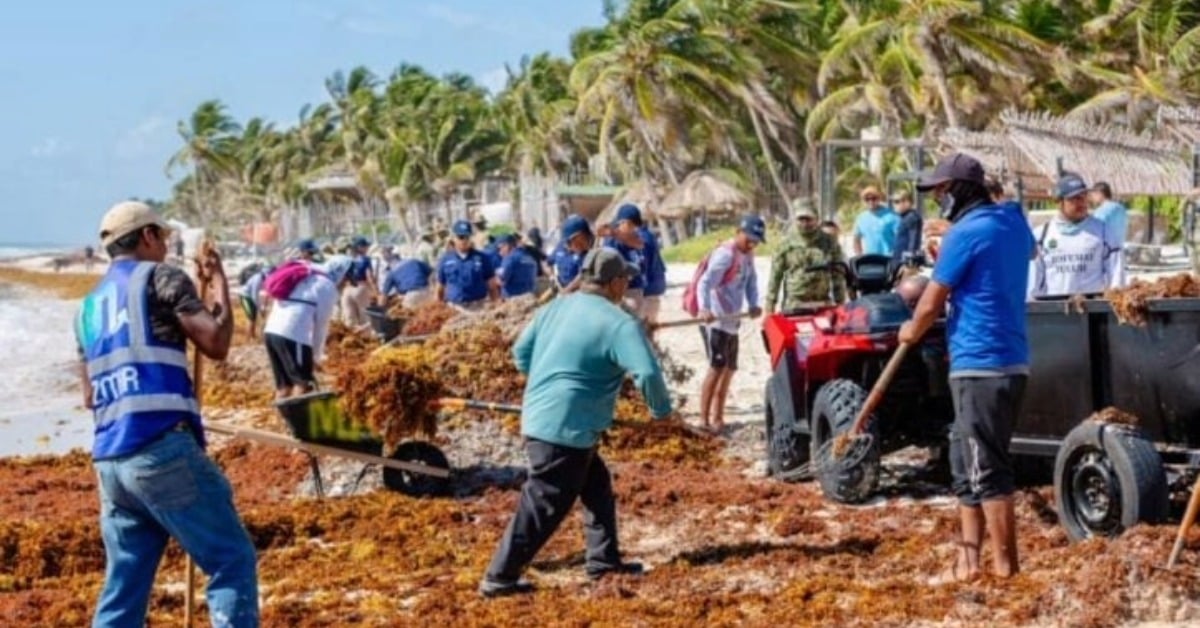Facing a massive summer wave of sargassum seaweed, Tulum’s government has removed over 850 tons from beaches in July alone . . .


Facing a massive summer wave of sargassum seaweed, Tulum’s government has removed over 850 tons from beaches in July alone . . .
